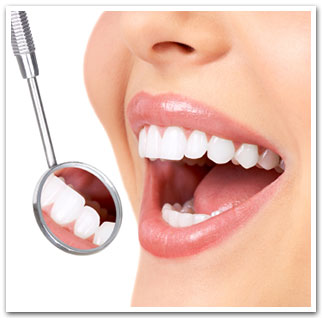Hi everyone!
We don’t really think much about adult teeth, but each one provides a necessary function. In the very beginning of life, the 20 primary or “baby” teeth begin to form in the sixth to eight weeks in utero. And even permanent teeth begin to develop during the twentieth week of a woman’s pregnancy. The first permanent tooth typically erupts by six years old. By 13 years of age, all permanent teeth have fully formed. In the world of adult or permanent teeth, all 32 fall into into five categories: wisdom teeth, molars, bicuspids and incisors, and all teeth consist of the same materials: dentin, enamel, cementum, nerves, bone and blood vessels.
Without healthy tooth structures, chewing and cutting into food would be nearly impossible. Each adult tooth, regardless of its designated category, plays an integral role in speech, nutrition and good health.
Incisors
Adults have 8 incisors (4 uppers and 4 lowers). Incisors are located in the very front of the lower and upper jaw, and their main purpose is to shear or cut up food. Of all the adult teeth, incisors are the sharpest. Incisors are also very involved in speech.
Canine
There are four canine teeth, each one positioned in the corners of the mouth on both the upper and lower jaws. The upper canine teeth are often referred to as “cuspids” or “eye” teeth because of their position directly below the eyes. Located at the corners of the mouth, these pointy teeth also assist with breaking and tearing of food. They are also involved in the orthopedic and mechanical guidance of our jaw and teeth as they move laterally when chewing.
Bicuspids
Located behind the canine teeth, the 8 bicuspids (2 in each quadrant of the mouth) have a unique 2 cusp structural shape that easily crushes and grinds food for consumption. Often referred to as premolars, these teeth have a cusp indentation, but are somewhat smaller than molars. Their purpose is to transfer food from the canines directly to the molars.
Molars
Of all the adult teeth, the 8 molars (2 molars, 1st and 2nd in the back of each quadrant of the mouth) are the strongest. Larger than premolars or bicuspids, its structure has 4-5 cusps and ridges for grinding, shredding and mincing of food for proper digestion.
Wisdom Teeth
Between the ages of 17 to 24, wisdom teeth (3rd molars) begin to erupt in the very back of the mouth behind the other molars. These four wisdom teeth have no othel purpose in addition to that of the 1st and 2nd molars. Due to the evolutionary trend towards smaller jaws it is often too crowded for them to fully erupt and so many times they are impacted or can only partially erupt. This often leads to a painful infection called “pericoronitis”. In addition, impacted wisdom teeth can become cystic and can hollow out the jaw bone damaging surrounding nerves, teeth and other structures. If that weren’t enough, because of their hard to reach location most people have difficulty keeping them clean which inevitably leads to gum disease. Since removing diseased wisdom teeth when folks are elderly is problematic and challenging many people opt to have them removed at a younger age.
At Dr. Mark Langberg, DDS, MAGD it is our goal to provide you with dental information that will help you make the right choices for yourself and your family. With almost 4 decades of experience and continued education in general and cosmetic dentistry, Dr. Mark Langberg has received numerous professional awards and positive reviews from satisfied customers in the Southfield, Michigan area. A published author, you can read his article on CT Scanning in Implant Placement for Inside Dentistry here. Be sure to visit his website at drmarklangberg.wpenginepowered.com and feel free to call him at 248-356-8790 to schedule an appointment today!
That’s all for now,
Mark W Langberg, DDS, MAGD
248-356-8790
